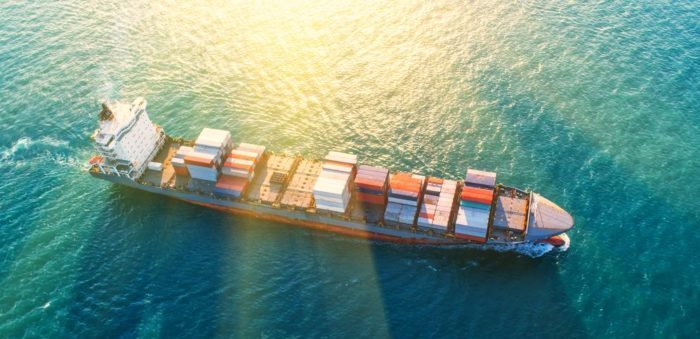According to BIMCO, European containerised imports are expected to be stuck with demand growth of no more than 2% for years to come. That means the long-hauls into northern and southern Europe, where Ultra Large Containerships are perfect to reap the benefits of economies of scale, will suffer if cascading is not accelerated.
According to Peter Sand, Chief Shipping Analyst at BIMCO, the long-haul mainlane trades will experience a tough year. Namely, trade tensions between the US on one side and China and Europe on the other, are adding to the tendency for traditional consumers of containerised goods in the West to show signs of being ‘saturated’. What is more, less demand on mainlane trades could affect the part of intra-Asian trade lanes that benefits from exports to Europe and North America.
[smlsubform prepend=”GET THE SAFETY4SEA IN YOUR INBOX!” showname=false emailtxt=”” emailholder=”Enter your email address” showsubmit=true submittxt=”Submit” jsthanks=false thankyou=”Thank you for subscribing to our mailing list”]
In addition, the time-charter market also demands attention, because 6,500 TEU and 8,500 TEU ships are experiencing improved interest from operating liners. This is because they fit well in growing north-south trades, delivering scale and flexibility into any non-main trade lane.
As for the fleet, a fleet growing at a high pace has never done anything to advance the profitability of a shipping market. Analyzing what could happen in 2019, BIMCO expects a 3.4% container-fleet growing demand and low freight rates.
Currently, the order book for 2019 deliveries stands at:
- 19 – 19,000+ TEU ships; 30 -11,800-15,300 TEU ships;
- 0 – 3,621-11,800 TEU ships;
- 129 ships with a TEU capacity of less than 3,621 TEU.
BIMCO also expects a 20% slippage rate for the container shipping order book.
This gloomy outlook seems certain for 2019, BIMCO notes and is likely to be extended, in case consumer behaviour does not change significantly.
Moreover, all the US east coast ports incorporate cranes to service Ultra Large Containerships. As a result, there was a strong import growth into the US through this route in 2017 and again in 2018 (8%). Now, more cargo is likely to follow this trend, but BIMCO forecasts total imports into the US to be lower in 2019 in comparison to 2018.
Namely, the main theme of 2019 will be the sharing of the higher costs that are expected in various forms towards the end of the year, as the starting line for the IMO 2020 sulphur cap is getting near. These increased costs will come either because of purchase of fuels, or because of investments in scrubbers that will enable the carriage and consumption of HSFO after 1 March and 1 January deadlines.
If these costs do not pass on to the end consumer, profit margins in the container shipping industry will be reduced. In fact, Mr. Sand mentions that:
A failure to recover the extra fuel costs in full may even result in outright bankruptcies in the container shipping industry




























































